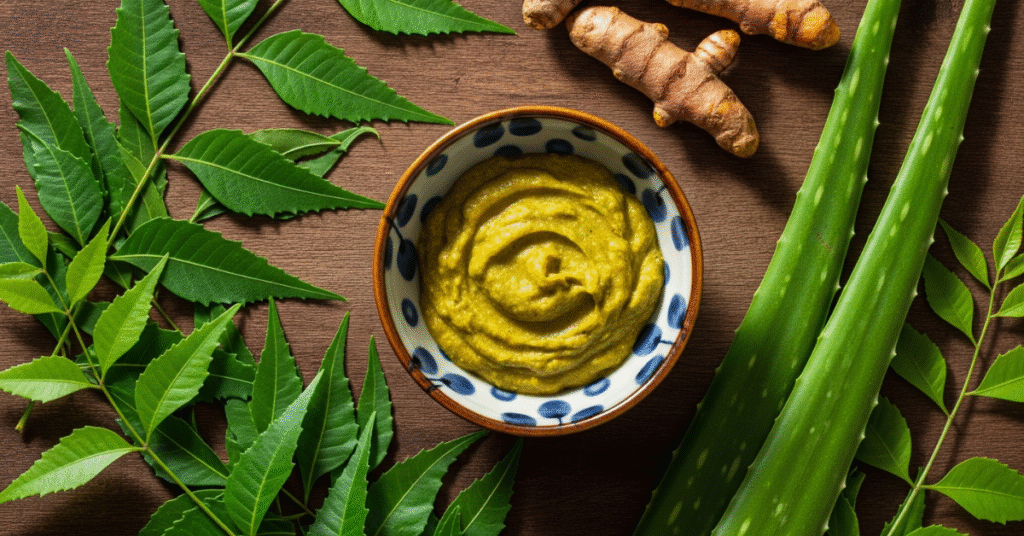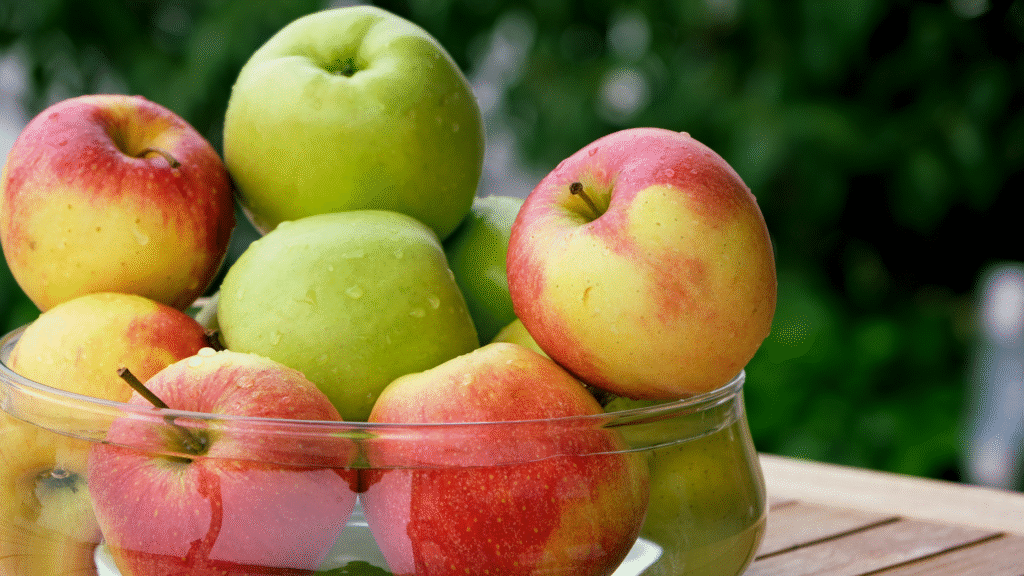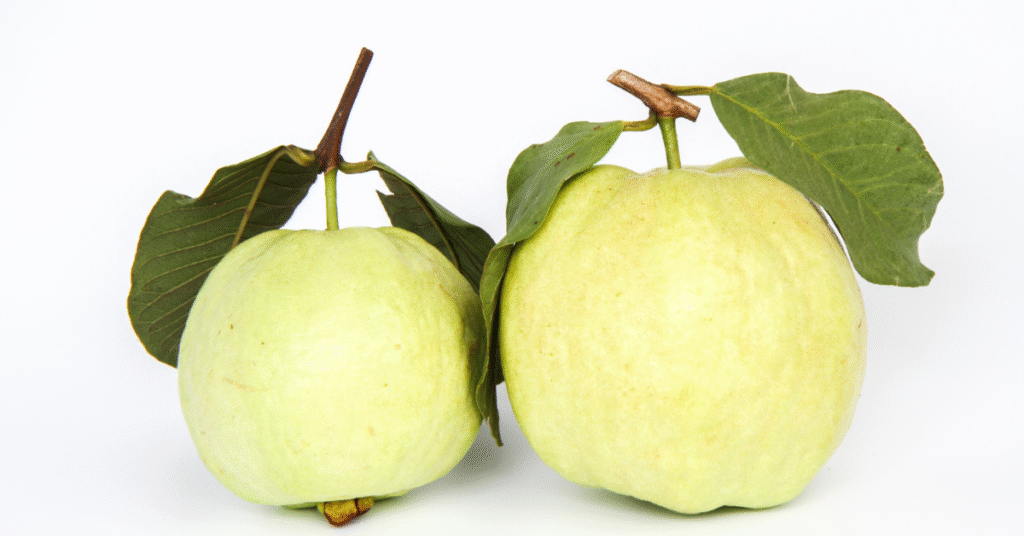Let me tell you a quick story.
A friend of mine once came to me with a shy smile. He pulled up his sleeve and whispered, “I’ve had this itchy red patch for weeks. I tried creams, but it just won’t go.”
He thought he had a rash. But it was a fungal infection.
And here’s the interesting part: instead of rushing to the pharmacy, he used simple things from his kitchen. In a few days, the itch was gone. The patch began to fade. And within two weeks, his skin looked normal again.
This is the power of nature. And today, I want to show you how to cure fungal infection on skin naturally at home—without spending big money or relying only on chemical creams.
By the end of this guide, you’ll know:
- What fungal infections really are.
- Which home remedies actually work.
- How to apply them safely.
- And when to see a doctor.
What Is a Fungal Infection on Skin?
Fungi are tiny organisms that love warm, moist places. That’s why they show up between toes, under breasts, in armpits, and even on the scalp.
Common skin fungal infections include:
- Athlete’s foot
- Ringworm
- Jock itch
- Yeast infections
The symptoms are usually the same:
- Itchy, red, or scaly patches
- Burning sensation
- Sometimes small blisters
But here’s the good news: many natural remedies have antifungal properties backed by research (source).
Natural Remedies for Fungal Infections at Home
Let’s go through the ones that work best.
1. Tea Tree Oil
- Why it works: Tea tree oil is known for its antifungal and antibacterial effects.
- How to use:
- Mix a few drops with coconut oil.
- Apply directly to the infected area twice daily.
Never use tea tree oil undiluted—it can irritate your skin.
2. Coconut Oil
- Why it works: Lauric acid in coconut oil fights fungal growth.
- How to use:
- Warm a spoon of virgin coconut oil.
- Apply to the affected skin and leave it on.
It doubles as a skin moisturizer, which helps reduce dryness caused by infection.
3. Apple Cider Vinegar
- Why it works: Its acidic nature prevents fungi from spreading.
- How to use:
- Mix equal parts apple cider vinegar and water.
- Dab on the infection with a cotton ball.
You can also add a few tablespoons to your bath water for widespread infections.
4. Garlic
- Why it works: Allicin in garlic has antifungal properties (study).
- How to use:
- Crush a few garlic cloves.
- Mix with olive oil to make a paste.
- Apply gently to the infected spot.
Note: Garlic can burn sensitive skin, so always patch test first.
5. Turmeric
- Why it works: Curcumin in turmeric fights both fungi and inflammation.
- How to use:
- Make a paste with turmeric powder and water.
- Apply to the patch and leave for 20 minutes.
Yes, it may stain your skin yellow temporarily—but it works.
6. Aloe Vera Gel
- Why it works: Aloe cools the skin and reduces irritation while helping fight fungus (source).
- How to use:
- Apply fresh aloe gel directly.
- Use two to three times daily.
7. Baking Soda
- Why it works: Absorbs moisture and stops fungus from thriving.
- How to use:
- Make a paste with baking soda and water.
- Apply, let dry, then rinse off.
This is especially helpful for athlete’s foot.
8. Guava Leaf Oil
- Why it works: Guava leaves contain antifungal compounds.
- How to use: Learn how to make it step-by-step here: How to Make Guava Leaf Oil.
- Buy guava leaf oil on Amazon here.
Daily Habits That Speed Healing
Curing fungal infections isn’t just about remedies. It’s also about habits.
- Keep skin dry and clean.
- Wear loose cotton clothes.
- Change socks and underwear daily.
- Avoid sharing towels.
- Wash bed sheets regularly.
These small steps make it harder for fungi to survive.
Quick Home Checklist
Here’s a simple checklist you can follow today:
Wash the infected area twice daily.
Apply your chosen natural remedy (tea tree, garlic, or aloe).
Keep skin dry—use baking soda if needed.
Change clothes and bedding often.
Stick to the routine for at least 2 weeks.
When to See a Doctor
Natural remedies are powerful, but sometimes you need medical help.
See a doctor if:
- The infection spreads quickly.
- Blisters or pus appear.
- You have diabetes or a weak immune system.
- No improvement after 2–3 weeks of home treatment.
Bonus: Healing from Inside Out
What you eat also matters. A healthy immune system fights fungal infections faster.
- Eat more: Yogurt, garlic, ginger, turmeric, cinnamon.
- Drink: Herbal teas like cinnamon tea for cough or cinnamon tea for irregular periods.
- Limit: Sugar and processed carbs—they feed fungus.
Studies suggest certain natural compounds, like those in cinnamon, may fight fungal infections internally (source).
You can even explore drinks like cinnamon tea for diabetics or cinnamon for flat tummy, which promote overall health.
Herbs for Skin Infection
Herbs have been used for centuries to treat skin infections naturally. Many plants contain compounds with antibacterial, antifungal, and anti-inflammatory properties. For example, neem leaves, turmeric, and aloe vera are often used to soothe infected skin while preventing further microbial growth. These herbs not only fight infection but also support faster healing by calming irritation and boosting skin repair.
Herbs for Skin Problems
Skin problems such as acne, eczema, and dryness can often be managed with herbal remedies. Chamomile, calendula, and lavender are known for their skin-soothing effects. They help reduce redness, swelling, and itching while keeping the skin hydrated. Unlike synthetic creams, herbs provide gentle relief with fewer side effects, making them popular choices for people seeking natural skincare solutions.
Antifungal Oil for Skin
Antifungal oils like tea tree oil, coconut oil, and oregano oil are widely recognized for their ability to fight fungal infections. These oils work by penetrating the skin and disrupting fungal cell membranes, which helps stop the infection from spreading. Applying antifungal oils regularly can treat conditions like athlete’s foot, ringworm, or yeast infections naturally, while also moisturizing and protecting the skin barrier.
Chinese Herbs for Fungal Infections
Traditional Chinese Medicine (TCM) uses a wide range of herbs to treat fungal infections from within and outside the body. Herbs like Huang Bai (Phellodendron), Ku Shen (Sophora root), and Bai Zhi (Angelica) are believed to clear heat, reduce dampness, and fight microbial growth. Many of these herbs are applied as topical pastes or brewed into teas, addressing not just the infection but also the body’s internal imbalance that may cause skin flare-ups.
Herbs for Skin Inflammation
Inflammation is a common issue in conditions like eczema, psoriasis, and allergic reactions. Herbs such as turmeric, licorice root, and green tea contain powerful anti-inflammatory compounds that calm redness, itching, and swelling. These herbs help regulate the skin’s immune response, making them effective natural treatments for both chronic and short-term inflammation.
Herbs for Skin Rashes
Skin rashes can result from allergies, infections, or irritation. Herbs like aloe vera, calendula, and witch hazel are known to soothe rashes effectively. They reduce itching, cool the skin, and promote healing without harsh chemicals. Regular use of these herbs, either as gels, teas, or oils, can speed up recovery while preventing further irritation.

Final Thoughts
So, how to cure fungal infection on skin naturally at home?
You don’t need a shelf full of creams. You need consistency. You need remedies that work with your body, not against it.
Think back to my friend. He didn’t just heal his infection—he discovered that the answers were already in his kitchen.
Now it’s your turn. Try one of these remedies today. Stick with it. Watch your skin heal.
And if you’d like more natural health guides, explore simple remedies like ginger and cinnamon for period pain or how to make cinnamon tea for a flat tummy.
Your skin deserves care. Nature has already given you the tools. All that’s left is for you to use them.


